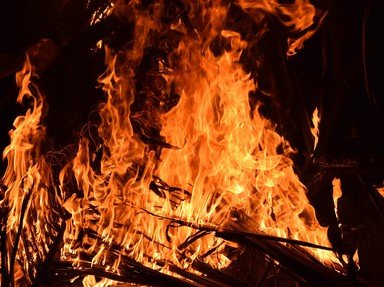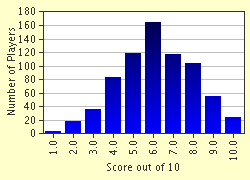Quiz Answer Key and Fun Facts
1. On what date did the fire start?
2. What is generally said to have started the fire?
3. Samuel Pepys, greatly disturbed by the fire, went about alerting officials to do something. Then he went home and dug a hole, where he safely buried _________ .
4. Which of these factors helped the fire to spread?
5. How long did the fire last?
6. Which of these happened as a result of the fire?
7. This poor guy became a scapegoat for Londoners looking for someone to blame for the fire.
8. This poet commemorated the fire in his 1667 poem "Annus Mirabilis".
9. This architect was put in charge of redesigning London, including St Paul's Cathedral.
10. How did the fire finally come to an end?
Source: Author
bullymom
This quiz was reviewed by FunTrivia editor
trammgr before going online.
Any errors found in FunTrivia content are routinely corrected through our feedback system.


